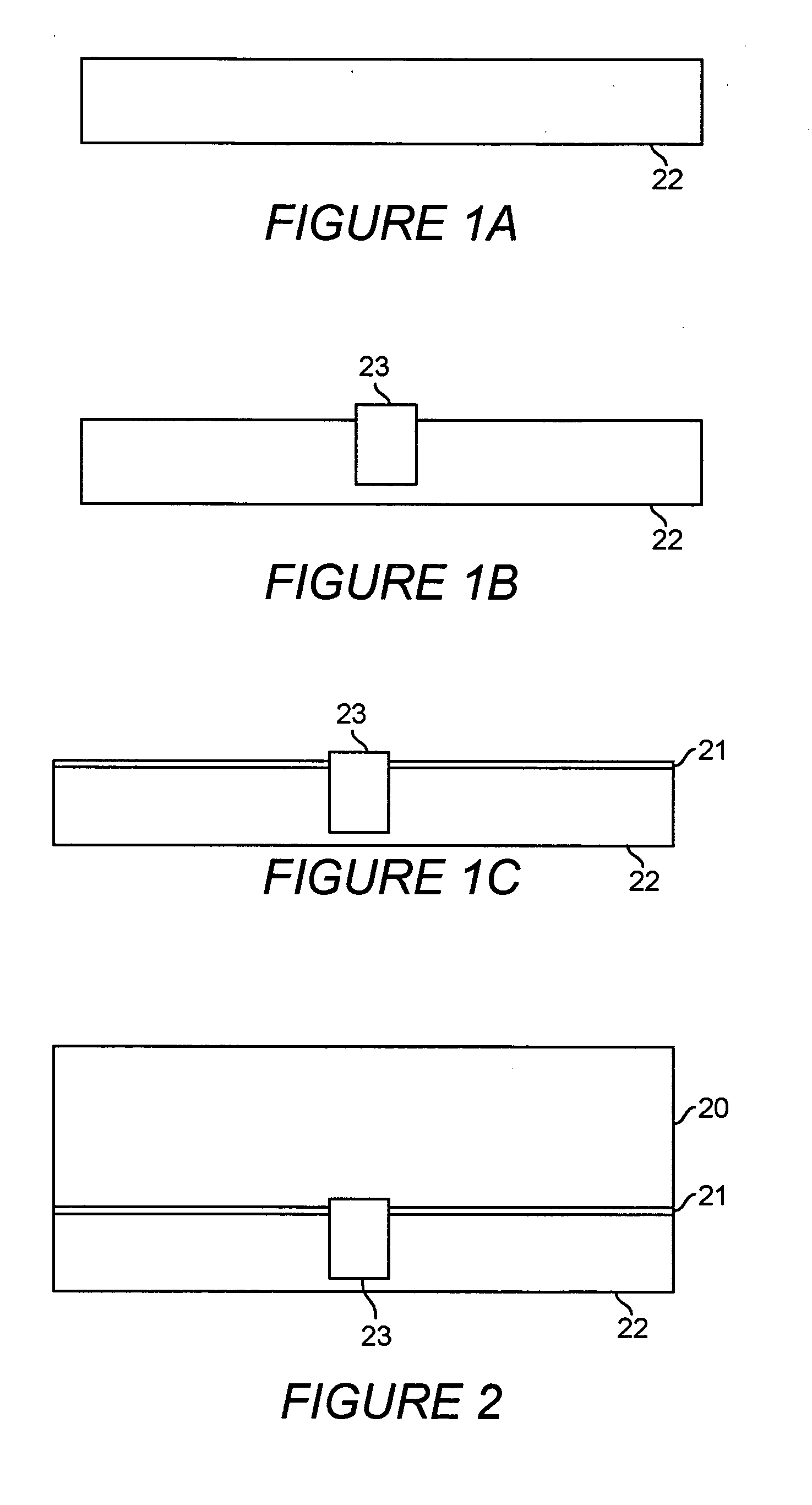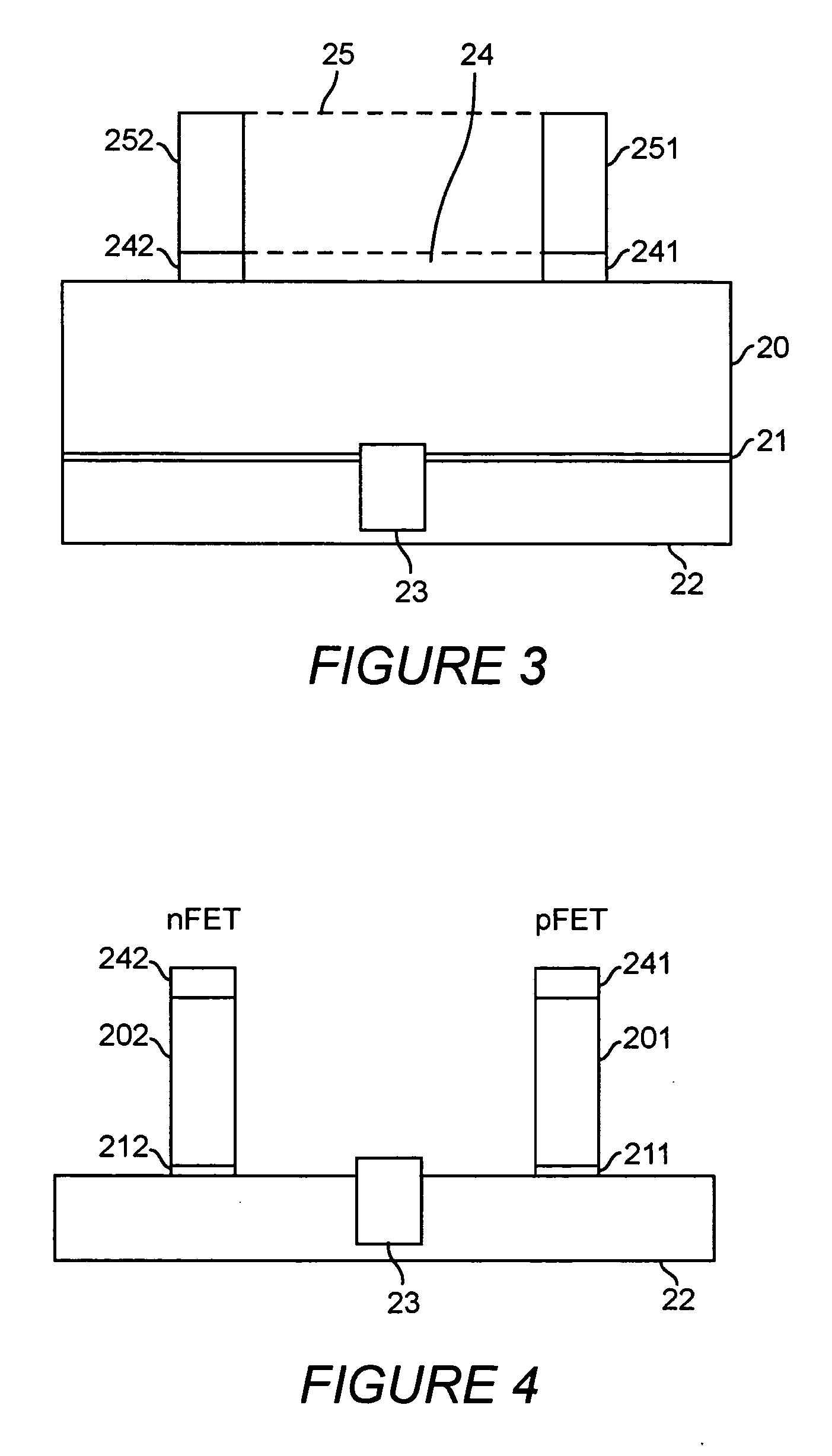Structure and method to improve channel mobility by gate electrode stress modification
a gate electrode and stress modification technology, applied in the manufacture of transistors, semiconductor devices, electrical equipment, etc., can solve the problems of reduced carrier mobility in deeply scaled bulk mos devices, invariably compromised immutable material properties and physical effects of transistors and other elements, and reduced scale of integrated circuit elements
- Summary
- Abstract
- Description
- Claims
- Application Information
AI Technical Summary
Benefits of technology
Problems solved by technology
Method used
Image
Examples
Embodiment Construction
[0031] It should be appreciated in the course of the following discussion of FIGS. 1-12 that the embodiment which will be described is that which is expected to be the most advantageous in most applications and integrated circuits designs and thus allow the most complete appreciation and understanding of the invention to be conveyed. That is, the embodiment and variants thereof which will be described below will illustrate application of variable amounts of tensile and compressive stresses to respective adjacent transistors on a single chip and provide enhancement or other regulation of carrier mobility. However, the principles of the invention described in connection with this embodiment can also be applied to provide any desired amount of stress of either sign to adjacent transistors in any design and for any purpose.
[0032] Referring now to the drawings, and more particularly to FIGS. 1a, 1b, and 1c, the first stages in making the preferred embodiment of the invention are shown i...
PUM
| Property | Measurement | Unit |
|---|---|---|
| carrier mobility | aaaaa | aaaaa |
| stress | aaaaa | aaaaa |
| conductivity | aaaaa | aaaaa |
Abstract
Description
Claims
Application Information
 Login to View More
Login to View More - R&D
- Intellectual Property
- Life Sciences
- Materials
- Tech Scout
- Unparalleled Data Quality
- Higher Quality Content
- 60% Fewer Hallucinations
Browse by: Latest US Patents, China's latest patents, Technical Efficacy Thesaurus, Application Domain, Technology Topic, Popular Technical Reports.
© 2025 PatSnap. All rights reserved.Legal|Privacy policy|Modern Slavery Act Transparency Statement|Sitemap|About US| Contact US: help@patsnap.com



